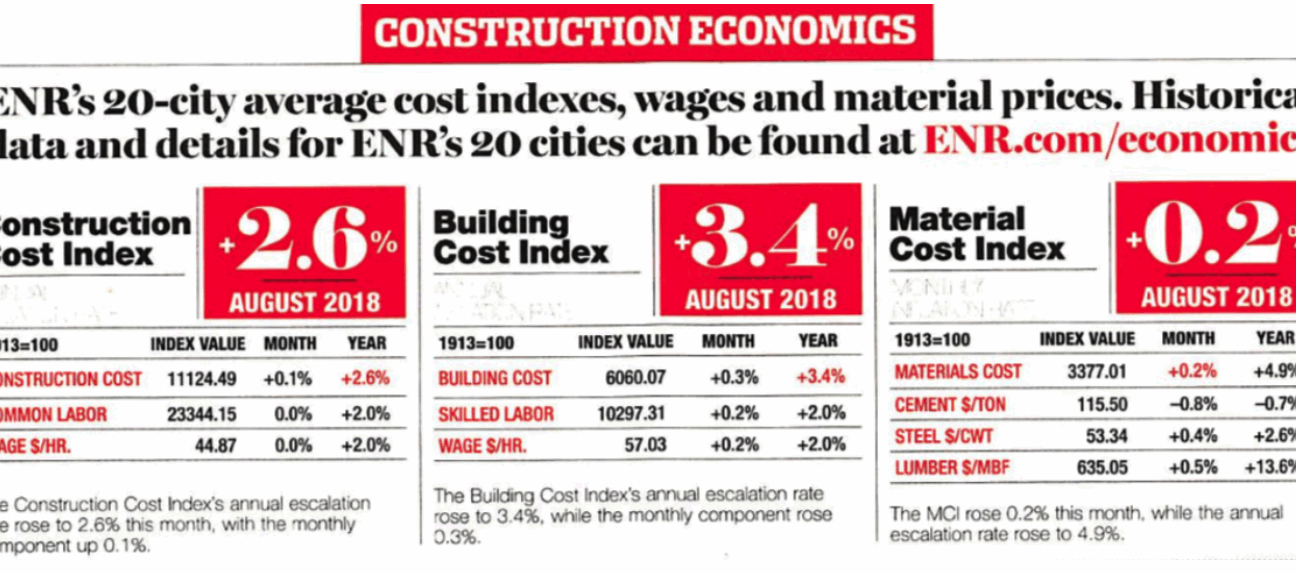Price levels across countries can tell us a lot about the cost of living and purchasing power. Have you ever wondered which European countries are the most expensive or the cheapest when it comes to goods and services? Let’s dive into the intricacies of price level indices, consumption patterns, and how they shape our understanding of living costs.
When we talk about price levels in Europe, we’re referring to how expensive or cheap goods and services are compared to the EU average. These comparisons are made using Purchasing Power Parities (PPPs), which act as a benchmark for assessing affordability across different nations. They provide insights into how much one can purchase with a set amount of money in various countries.
Imagine comparing prices between Austria and Hungary or Germany and Poland — neighboring countries with significant economic disparities. Such variations highlight the diversity in living costs within Europe. But what exactly goes into these price level comparisons?
Price level indices serve as essential tools for evaluating cost discrepancies among nations. These indices cover a wide range of consumer goods and services, including food, clothing, accommodation, and more. By comparing national price levels to the EU average, analysts can gauge where each country stands in terms of affordability.
Two key indicators help ascertain the overall price level for consumer goods and services: actual individual consumption (AIC) and household final consumption expenditure (HFCE). AIC considers all goods and services used by households, including those indirectly paid for like government-provided services. On the other hand, HFCE focuses on total spending by resident households on individual items.
Eurostat emphasizes that AIC offers a broader perspective than HFCE since it encompasses a wider range of expenditures beyond direct household consumption. This comprehensive approach aids in making meaningful international comparisons regarding living standards and affordability.
In 2024 data reveals that Switzerland tops the list as the most expensive country in Europe, with prices soaring to 184% above the EU average. In stark contrast, Turkey emerges as the cheapest destination with prices hovering at 47% below the EU average — highlighting an intriguing 3.9-fold difference between these nations.
Luxembourg shines as one of Europe’s priciest countries, boasting prices 51% higher than the EU average. On the flip side, Bulgaria and Romania stand out as budget-friendly options with costs at just 57% of the EU average — showcasing substantial savings potential compared to their wealthier counterparts.
The geographical landscape also plays a pivotal role in shaping price levels across Europe. Western and Northern European countries tend to exhibit higher costs due to factors like strong currencies, high incomes, and elevated living standards…
Central and Eastern European nations often present lower price levels attributed to relatively modest labor expenses…
EFTA countries like Switzerland draw attention for their exorbitant pricing structures driven by exceptional workforce productivity leading to hefty salaries…
Lars Svennebye from EFTA Statistical Office underscores that income levels are not factored into price level analyses…
Price disparities extend beyond general comparisons; specific categories such as alcohol/tobacco or restaurants/hotels showcase notable variations across countries…
As we unravel these intricate details surrounding cost of living dynamics in Europe…

